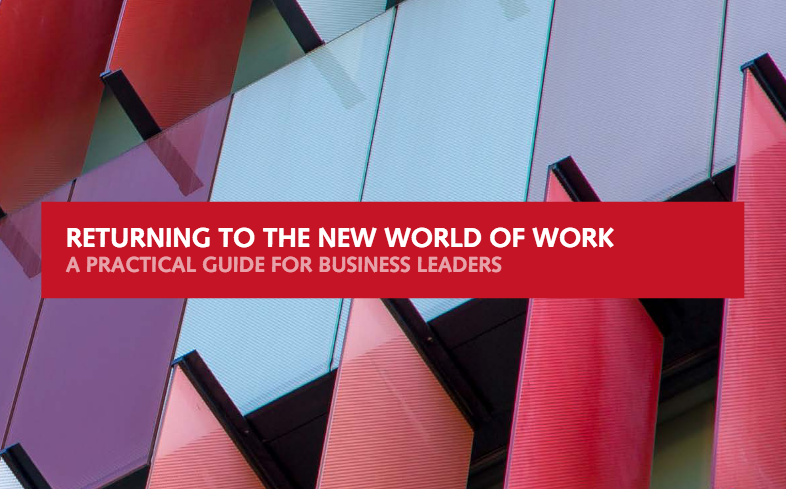Research Digested: Returning to the new world of work: a practical guide for business leaders, Robert Walters

A snapshot of useful research for L&D and workplace professionals
Why read this report
Lots of research on how Covid-19 has changed the world of work is coming out at the moment. This survey by Robert Walters has some really good stats on how businesses coped with the move to remote working and how the ‘home working experiment’ has gone for employers and employees. It covers issues such as productivity, how many people would like to continue home working, expectations for the future and the effect on recruitment.
About the research
Robert Walters asked 5,220 professionals from 31 countries in April 2020 what their experience of working from home during lockdown has been like and what they think workplaces should look like in the future. In May 2020, Robert Walters also surveyed 2177 C-suite professionals, directors, hiring managers, HR managers and business owners on their lockdown experiences and outlook on the future of work.
Standout stats
The research reveals some striking stats about homeworking, productivity and attitudes towards work during lockdown, including these figures:
- 47% of companies moved employees to a remote working environment within two days, with 7% taking more than a week
- 45% say they have been more productive working from home, while 32% say their productivity has remained the same and 23% report lower productivity
- 78% of employers have noticed equal or increased productivity
- 29% of employees say not having to commute has given them more time to work, while 65% say their increased productivity is due to being able to concentrate properly on tasks, without being distracted by colleagues
- 54% of workers said working from home has had a positive effect on their mental health, citing the flexibility of work hours, lack of commute and ability to work from the comfort of their own home as benefits
Beyond lockdown stats:
- 88% of employees would like a more flexible approach to working from home once lockdown has ended, with 40% wanting to work from home a few days a week and 27% a couple of times a month
- 86% of organisations have either already offered workplace flexibility or plan to do so once Covid-19 restrictions are lifted
- If greater flexibility does occur, half of workers say additional IT investment will be needed to facilitate it and a third expect to gain more autonomy and trust from the management team
- 64% of companies think leaders should focus more on output than on time spent
Final word
The report also looked at how the return to workplaces will be managed. Employers expect to implement a staggered return to work, with 39% of companies planning to split employees into shifts based on specific criteria, such as job function. Importance to business continuity will be the deciding factor for 38% and 35% plan to let workers travel outside of peak hours.
In order to maintain social distancing and keep workplaces as safe as possible, organisations expect offices to open up in phases, starting with office occupancy at below 25%, and with employees booking office days through the HR department. As restrictions ease, phase 2 is expected to keep occupancy at under 50%, with teams rotating their days in the office. Phase 4 occupancy is expected to reach 75%, with people with health concerns continuing to work from home and phase 5 is a full return to the office, although that still might mean only 90% occupancy and greater flexibility to work from home.
One last stat: 37% of organisations are considering downsizing in terms of office space.
Report reading time: 20 minutes
Media: PDF

